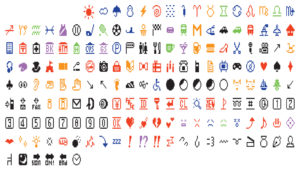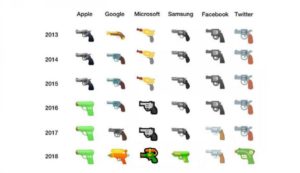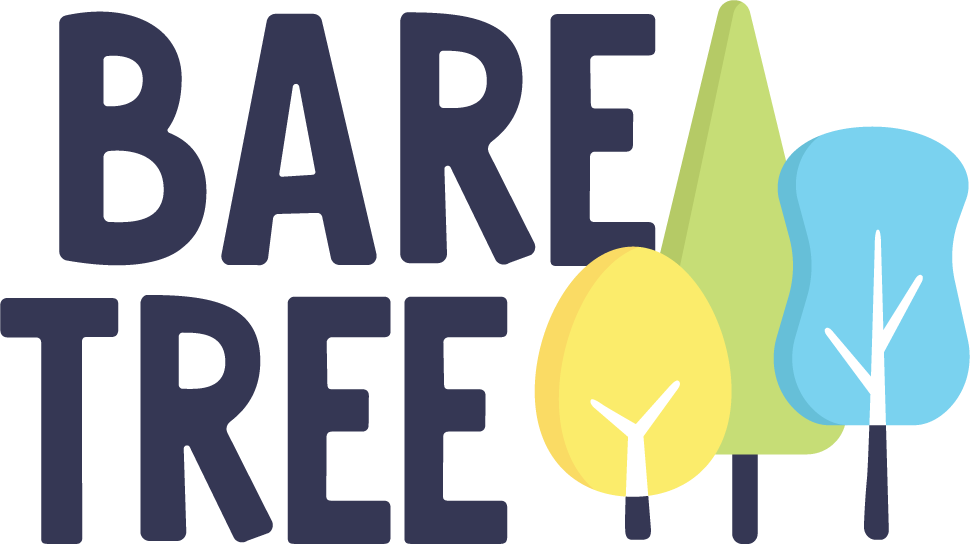In the modern mobile world, everyone knows what an emoji is. There’s a “standard set” of emojis we’re all familiar with that are available whether you’re using your iPhone, Android, or computer device, with new ones rolling in and even personalized-to-app emojis.
However, do you ever stop to think about how new emojis are added, or who even came up with the old canon? They’re just there; one day they weren’t, and the next day they were! Read onwards and have the mystery of the Emoji Code unraveled!
The Set Canon
Designer Shigetaka Kurita invented the emoji in 1999 to circumvent NTT DoCoMo’s message-character limit (at the time, 250, a la early Twitter). He drew inspiration from picture-based Chinese “Kanji” characters and, armed with a 12×12 grid, created the first set of emojis using common expressions and thoughts he felt were relatable and cute (and would save textual space!). This set was immediately introduced into most of Japan’s mobile products, but their competitors soon took artistic license and released emojis of their own; copying Kurita’s expressions but rendering them in a different style.

Shigetaka Kurita, NTT DOCOMO. Emoji (original set of 176). 1998–99. Software and digital image files.
Gift of NTT DOCOMO Inc., Japan
Initially, this caused quite a bit of chaos and miscommunication because a user of one company’s emoji could not see any other another company’s emoji. However, in 2005 carriers began to match incoming signals with their emoji sets and switch them over, and after Apple’s 2007 iPhone globalized them, the Unicode Standard was created so that your poop emoji will send to any device.
New Emojis
New emojis introduced into the existing canon are decided by the Unicode Consortium, which sounds like a bona-fide secret society right out of a sci-fi novel but is an actual, real-life organization whose goal it is to enable everyone to be able to use a computer and express themselves with pictures! However, the individual designs for the emojis are left at the discretion of the companies making them; the biggest players being Apple, Microsoft, Samsung, and Google. As a result of this, each of these big-name platforms (and other smaller-name ones) has their own emoji for the same expression.
The Gun Emoji
Take for example, the gun emoji, which was one of the most controversial emojis out there at the time of its creation and is still interesting today because of the fluctuating gun climate in the USA. Upon its inception, none of the platforms had the same one, and some even went as far as to use squirt guns instead of actual guns. There were also companies that started with real guns but changed them to squirt guns at a later date (and in Microsoft’s case, vice-versa). See the chart below:

Source: Emojipedia / Emojipedia
Obviously, squirt gun to lethal gun emojis can totally change the tone of a message and actually cause confusion if two users were receiving different images.
It’s worth noting that Apple was the forerunner in changing their gun emoji to the squirt gun we see now. After Apple changed theirs, most companies followed suit partly due to personal value but also because they are trying to create an emoji culture where there is as little confusion as possible, a mission that as designers ourselves we can absolutely appreciate.
Facebook has also announced that they will be removing their gun emoji and replacing it with a squirt gun, although that change hasn’t happened yet. This means every major platform has changed from a real gun to a squirt gun.
Sources:
https://www.webdesignerdepot.com/2016/10/the-surprising-history-of-emojis/
